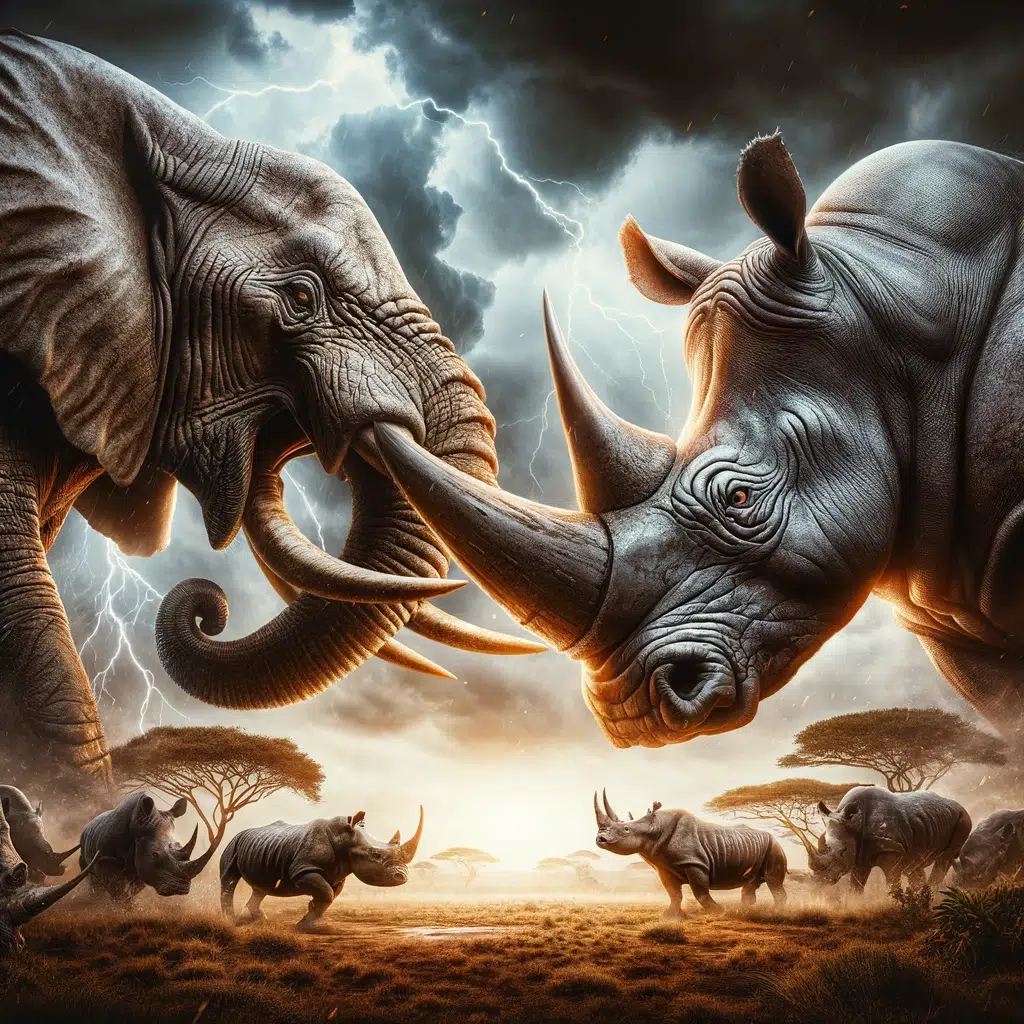In this post we’re going to compare two really huge land animals that are a must-see when you go on safari: the elephant vs. rhino!
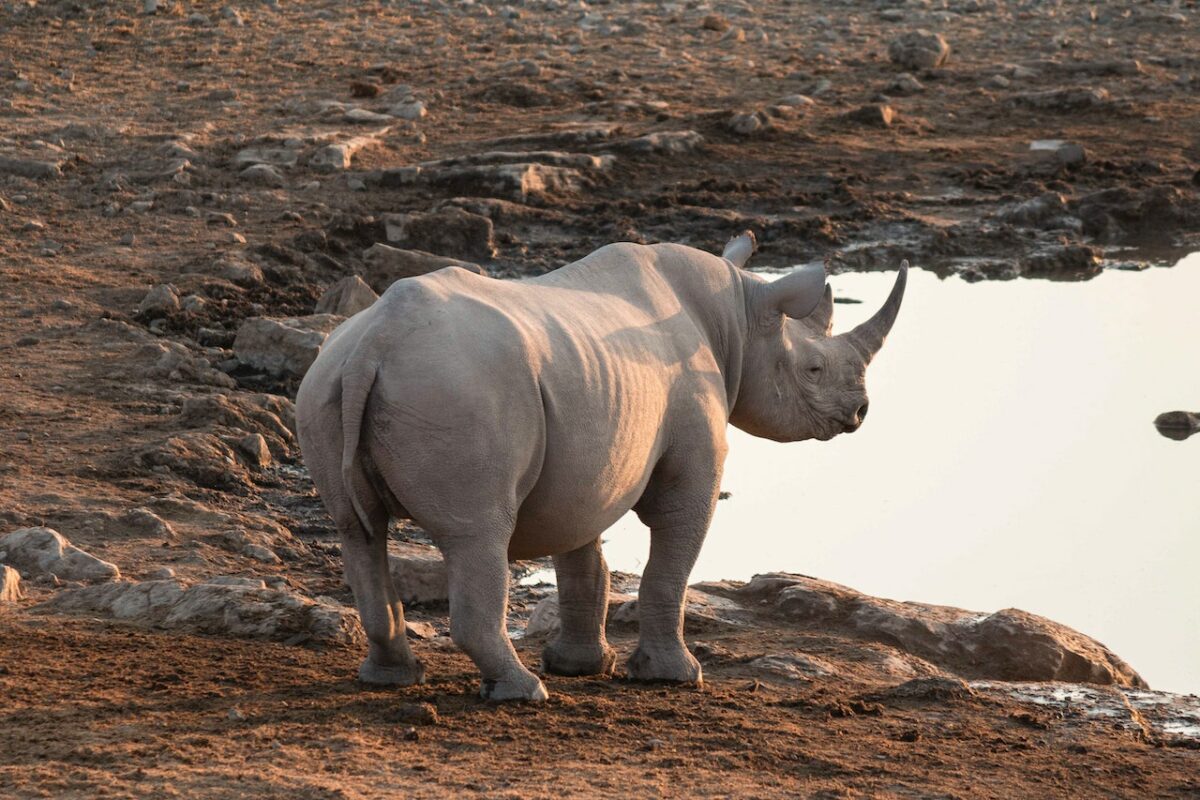
Are there any animals more iconic than the elephant and rhino? These two amazing creatures both feature in the famous “big 5” and are some of the most sought-after safari animals.
If you’re a 90’s baby like me, this might make you think of the iconic cartoon Babar; this old-school cartoon features Babar the elephant and his family. In one episode they go to war against their biggest enemies – the rhinos. Although these creatures rarely butt heads in real life, their habitat does overlap so an altercation isn’t completely impossible.
Although they are often associated with one another, they are also quite different in many ways. For instance, their habitats differ widely, given that elephants typically dwell in savannahs or forests while rhinos call grasslands home. Further, their eating habits vary; elephants primarily consume plants such as tree bark, leaves, and fruits compared to rhino diets featuring grasses and low-lying vegetation.
Most important when we discuss differences between mammals is the variation in size: an adult elephant can weigh up to 6 tons compared to just 2 tons on average for an adult rhino! Let’s look at these majestic species to explore their vast differences.
Comparison Table: Elephant Vs. Rhino
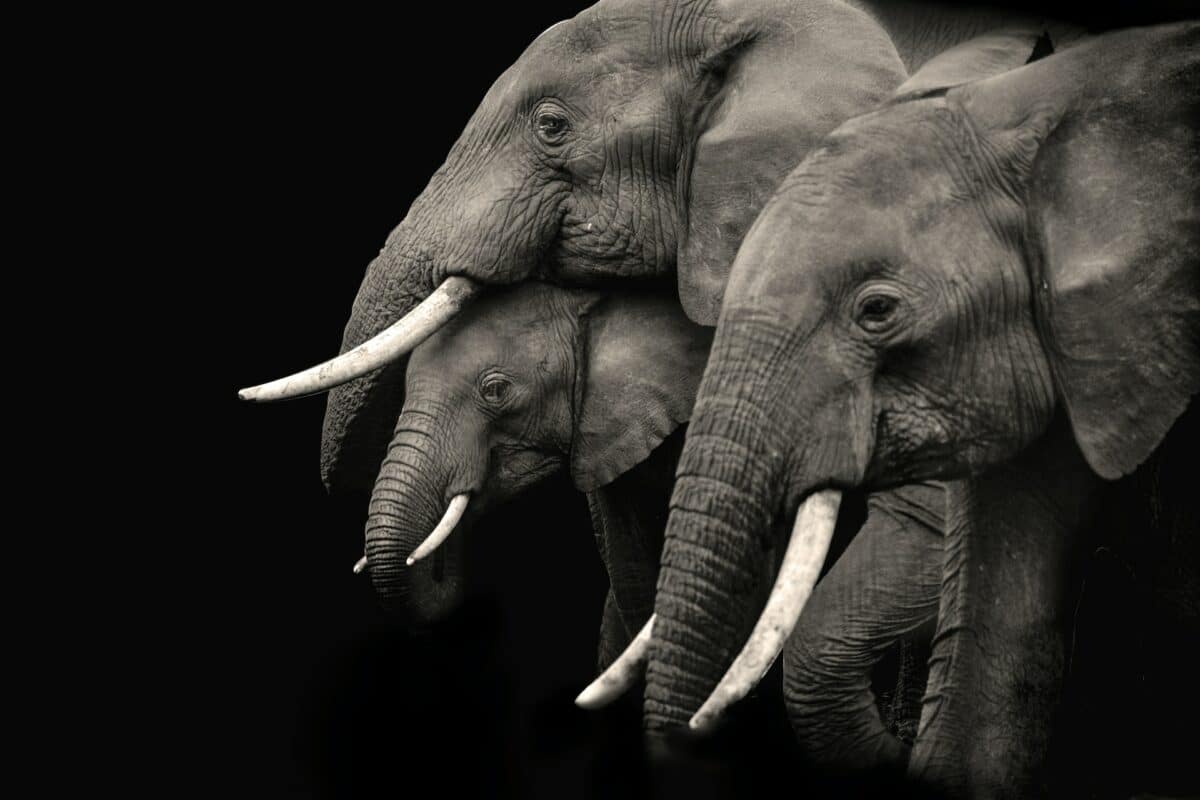
| Category | Elephant | Rhino |
| Appearance | Large, gray-skinned with a long trunk and floppy ears | Large, gray-skinned with a short, thick horn on its nose |
| Size | The largest land mammal, can weigh up to 14,000 pounds | Smaller than elephants, but still a large animal |
| Diet | Herbivorous, feeding mainly on plants and fruits | Herbivorousfeeding primarilyly on grass and leaves |
| Habitat | Found in various habitats, including forests and savannas | Found in grasslands and savannas |
| Behavior | Social animals that live in herds and communicate with each other through sounds and gestures | Solitary animals that are territorial and defend their territory |
| Threats | Poaching for ivory, habitat loss and human-elephant conflict | Poaching for its horn, habitat loss and human-rhino conflict |
| Conservation | Listed as vulnerable to extinction by the IUCN Red List | Listed as critically endangered by the IUCN Red List |
| Unique features | Has a long trunk that can be used for various tasks, such as drinking water, grabbing food and communicating with other elephants | Has a thick horn on its nose that is used for defense and can grow up to 5 feet in length |
Introducing the Majestic Elephant and Rhino
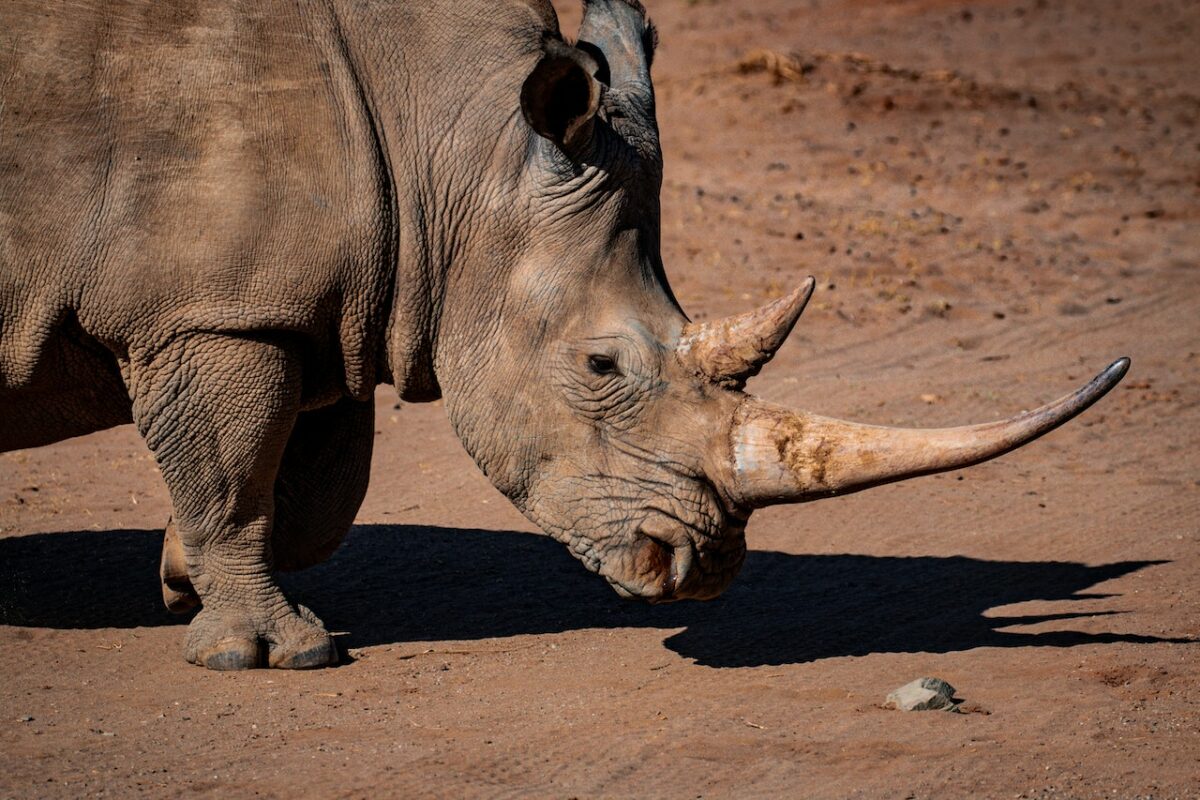
Few animals are as renowned for their size and power as the elephant and rhino. While both species have been a part of the planet’s landscape for centuries, many differences exist between these iconic mammals.
Size
In terms of sheer size, elephants tower over their rhino counterparts. An adult elephant can weigh up to 6 tons, while an adult rhino typically weighs around 2 tons on average. This difference in mass is one of the most easily recognized distinctions between these two animals.
Habitat
Elephants are most commonly found in savannahs or forests, while rhinos typically make their homes in grasslands and other open spaces with lush vegetation. This difference in habitat has helped keep these two species distinct throughout evolutionary history, allowing them to develop specialized adaptations to suit their respective environments. That being said, their habitat often overlaps, and they can often be found in the same area, such as in the Kruger National Park in South Africa.
What’s also notable is that Elephants have a much greater impact on their environment than rhinos. This is so because they spend a lot of time foraging and can easily uproot trees and cause other large-scale damage to their habitat. Rhinos, on the other hand, are more subdued in their behavior and have a smaller impact on the environment – they primarily graze and rarely feed on trees or bushes like elephants do.
Diet
An elephant’s diet consists mostly of plants such as tree bark, leaves, and fruits, whereas a rhino’s diet is primarily grasses and other low-lying vegetation. Each species has adapted its eating habits to best suit its environment so that it can find the necessary nutrients to survive.
Behavior
These two large animals also differ significantly in terms of behavior. Elephants are known for being social creatures and often travel in herds. In contrast, rhinos are more solitary animals who prefer to go about their daily lives independently from other species members.
They also have different courting behaviors. Elephants use ritualized displays to attract mates, while rhinos rely upon scent cues and aggressive behavior during mating season.
These two majestic animals continue to fascinate us with their size, strength, and beauty even after centuries of living on our planet together. Their larger-than-life presence ensures they remain one of Earth’s most beloved animal residents!
Comparing the Physical Features: Elephant Vs. Rhino
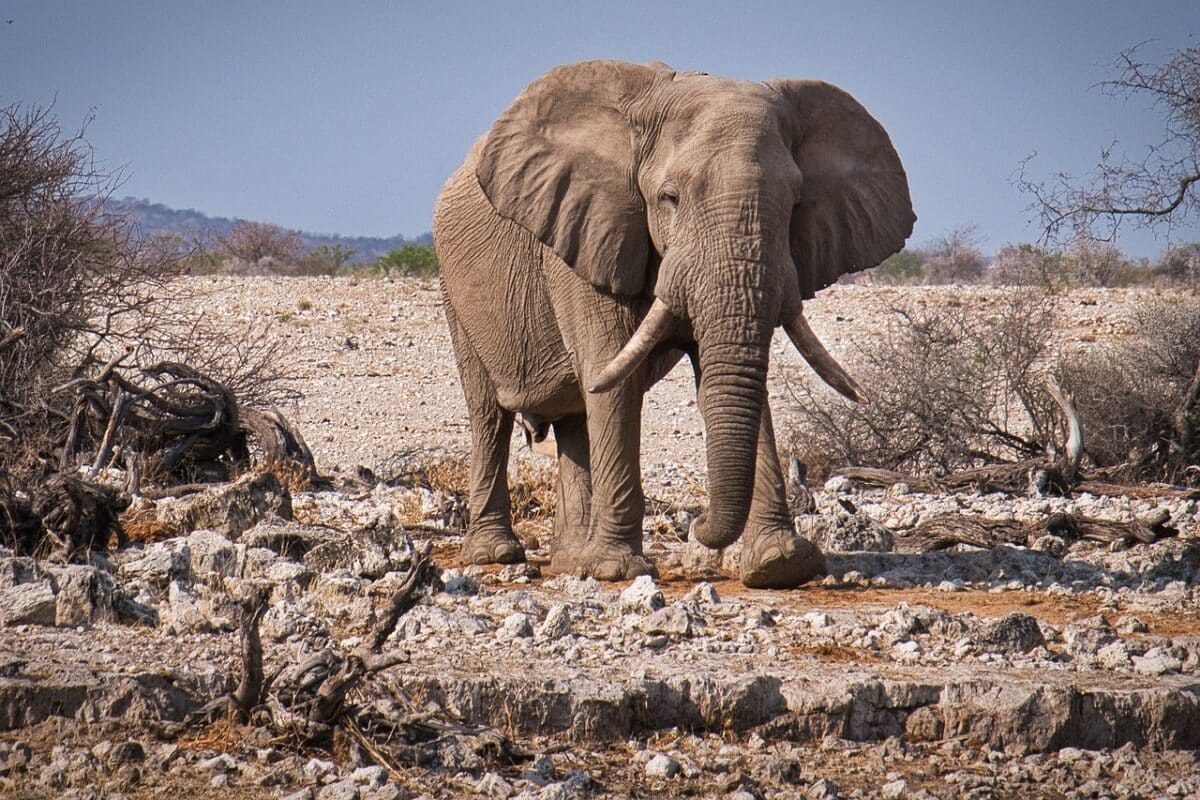
When discussing the physical features of elephants and rhinos, there are many differences to be noted.
- The most obvious distinction is in size, as elephants are significantly larger than rhinoceroses. An adult elephant can weigh up to 6 tons compared to just 2 tons on average for an adult rhino.
- Additionally, their external shapes differ; elephants feature long trunks, while rhinos boast two horns protruding from their head.
- Moreover, elephants have four strong column-like legs suitable for carrying their weighty bodies, whereas rhinos possess stocky and muscular legs that support them when running at high speeds.
- Furthermore, elephants have large ears for cooling their bodies off against the hot African climate. Rhinos to have small ears tucked inside their horned head.
Unique Behaviours of Elephants and Rhinos
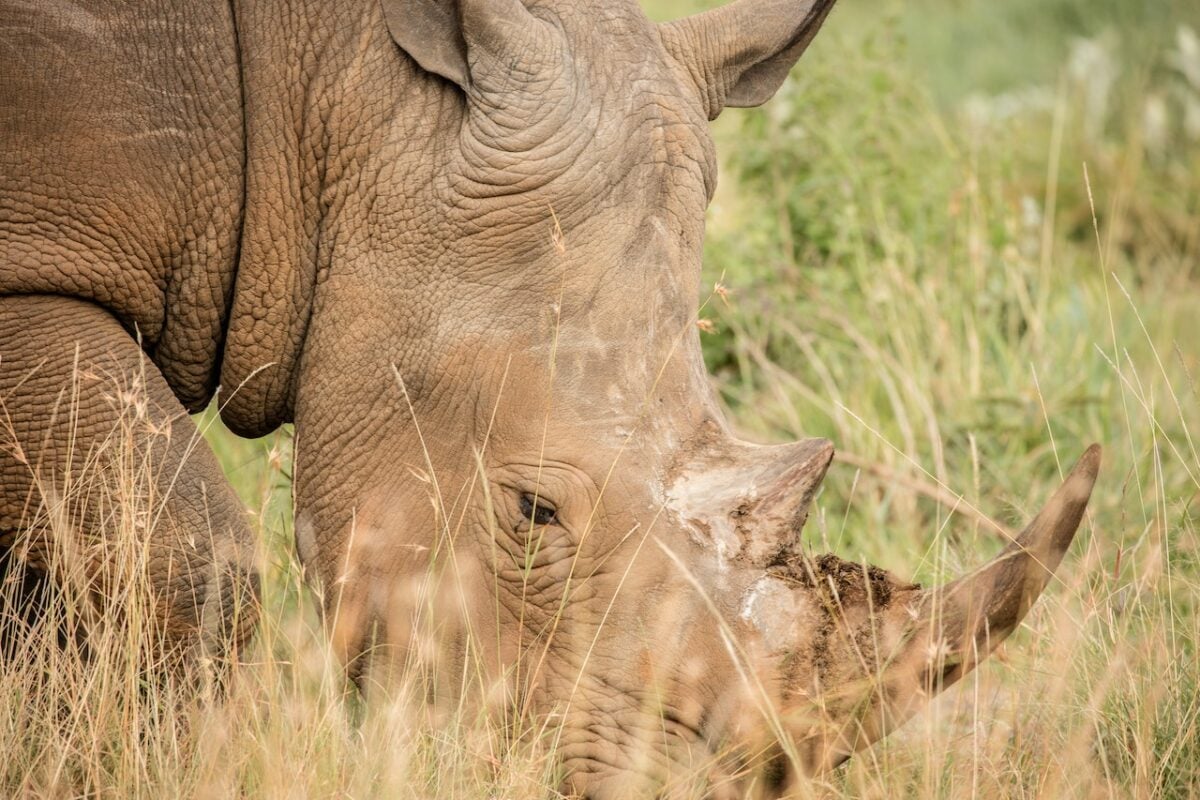
Although both animals share similar behavior patterns, such as grazing and migrating, they each perform special activities that are exclusive to their species.
Elephant Herds
One unique behavior of elephants is their social structure. Female elephants usually stay together in family groups known as herds, with a matriarch leading the group on their long-distance journeys through Africa’s savannahs or forests.
Solo or Bachelor Rhino Groups
In contrast, male rhinoceroses live alone or in small bachelor groups until a female is ready to mate or when trying to protect territories during mating season.
Different Feeding Habits
As previously mentioned, Elephants and rhinos also differ in their feeding habits. Elephants consume primarily plants such as tree bark, leaves, and fruits, whereas rhinos’ diets feature grasses and low-lying vegetation.
Unique Communication of Elephants
Both species use vocalizations such as trumpeting or snorting signals between members of their species.
The unusual behavior of elephant species is how they communicate through infrasonic low-frequency sound waves, which travel farther than normal noise audible by humans!
Social Structures In Elephant and Rhino Herds
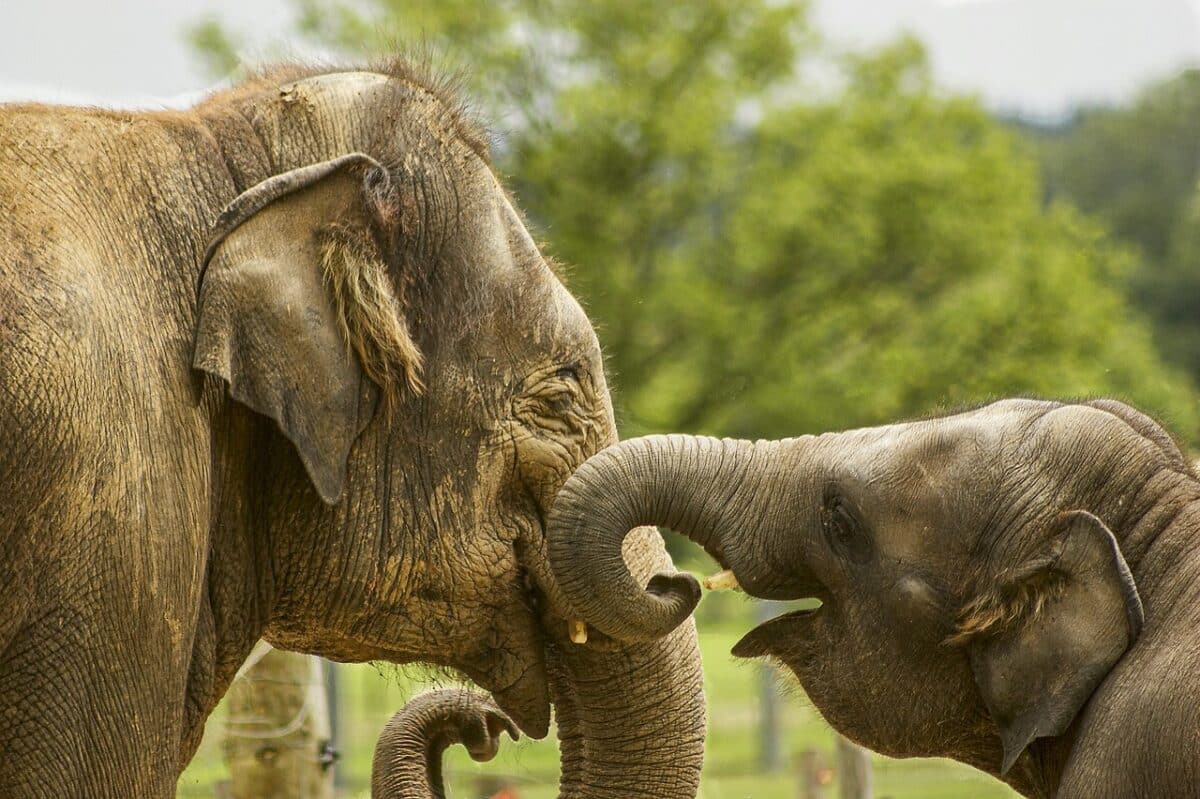
Elephants live in matriarchal societies, meaning that the oldest female leads her family group of mothers, daughters, aunts, and calves.
- Rhinos often live as solitary animals or sometimes in small groups of four or five individuals (with one dominant adult).
- Both species utilize body language, sounds, and smells to communicate.
- Elephant herds use tactile communication, such as trunk-to-trunk contact, to reinforce social bonds.
- Rhinos are territorial and can be aggressive toward one another if threatened or provoked.
Exploring the Different Habitats: Elephants Vs. Rhinos
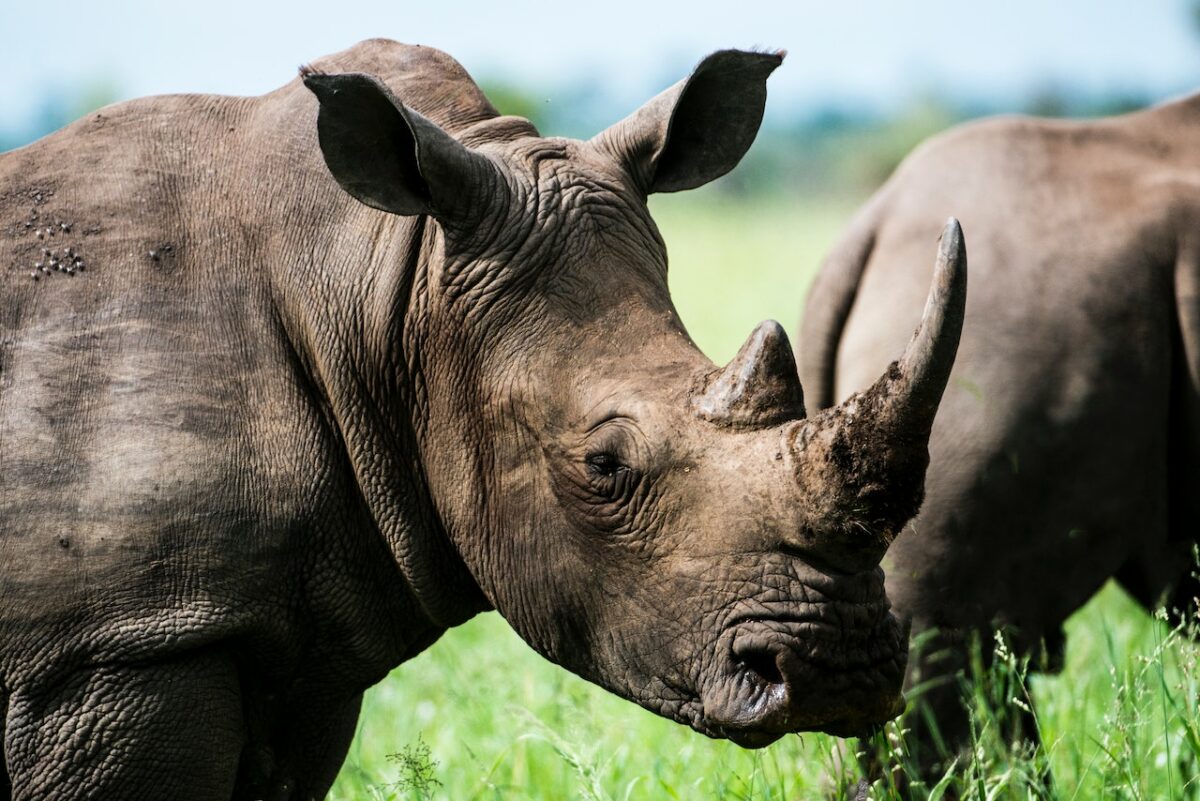
- African elephants can often roam savannahs, sharing space with other mammals such as giraffes, zebras, and antelopes.
- Rhinos typically inhabit grasslands but may also venture into forests if food is scarce in their usual habitats.
- Elephants require access to water throughout the day to keep cool and stay hydrated; this makes riverside vegetation an essential part of their habitat range.
- Rhinos consume various plants within their grassland homes but tend to remain close to water sources to drink regularly during the day.
The Crucial Role We Play in Safeguarding These Species
The African elephant population has declined significantly over recent decades due to poaching primarily for their ivory tusks and the destruction of habitats for development purposes.
Rhino populations have been decimated by illegal poaching for their horns used for medicinal purposes and ornamental decorations in some cultures.
Conservation efforts have been put in place across Africa to protect both of these important species from further decline; this includes anti-poaching strategies, community education initiatives, and habitat restoration efforts.
Groups from different countries are helping to save elephants and rhinos by telling people worldwide about their situation. For example, special days have been created, like World Elephant Day and World Rhino Day. They also try to collect money for projects to keep these animals safe in Africa.
Learn more about Rhino poaching and illegal trade decline but remain critical threats – new report.
Key Points
| Few animals are as renowned for their size and power as the elephant and rhino. While both species have been a part of the planet’s landscape for centuries, many differences exist between these iconic mammals. |
| In terms of sheer size, elephants tower over their rhino counterparts. An adult elephant can weigh up to 6 tons, while an adult rhino typically weighs around 2 tons on average. |
| An elephant’s diet consists mostly of plants such as tree bark, leaves, and fruits, whereas a rhino’s diet is primarily grasses and other low-lying vegetation. |
| Both species use vocalizations such as trumpeting or snorting signals between members of their species. |
| Conservation efforts have been put in place across Africa to protect these important species from further decline; this includes anti-poaching strategies, community education initiatives, and habitat restoration efforts. |
Conclusion
Despite their significant differences, elephants and rhinos remain some of the most enduring symbols of our natural world. From their sheer size to their sometimes fierce defense of their territories, these animals are nothing short of remarkable.
Although numerous risks threaten the survival of both species, conservation efforts like animal sanctuaries and habitat protection can help preserve them for generations to come. It is more important than ever not to underestimate the importance of protecting these incredible species. The most effective way you can help is by donating money to the various conservation programs that work against the poaching of these beautiful animals.
After all, they have delighted us with their great presence for centuries – they deserve every effort we can give! So let’s do our part – continue advocating and supporting conservation initiatives ensuring greater safety and security for elephants and rhinos.
Out of the two, the elephant is my favorite animal by far – what is cuter than a baby elephant walking trunk-in-tail with a mama-elephant? I will admit though, that the rhino is also nothing short of fascinating as it looks like an animals that existed during pre-historic times.
Thank you for reading this article on the elephant Vs. rhino! If this has put you in the mood to witness these incredible animals in real life, read our post on the 10 Best African Countries for Safari.
- Chicago Cat Jumps From 5th Floor of Burning Building and Survives - April 22, 2024
- The Cruelest Contest in the World: Rattlesnake Round-Ups - April 21, 2024
- Rare Footage: Wild Fox and Pet Cat Play-Date - April 21, 2024

